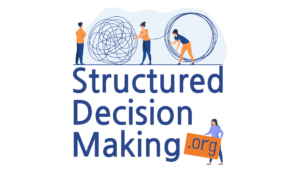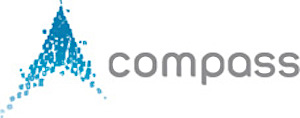Common Pitfalls & Refining Alternatives
Some common pitfalls when developing alternatives include:
- Anchoring and Tweaking – Starting from the status quo or the first proposed alternative or what’s going on in a neighboring jurisdiction and making only minor incremental changes
- Recommending – Developing a single recommended alternative and trying to get everyone to buy into it
- Accepting constraints – when they could be removed or softened
- Considering sunk costs – Choosing alternatives that justify past decisions
- Avoiding trade-offs – Not presenting an alternative because it would be controversial and/or glossing over difficult value-based choices or trying to eliminate them too soon –
- Not knowing when to quit – You can introduce new alternatives at any time, but at some point (when the incremental gains are not worth the incremental effort) you need to satisfice.
Refining Alternatives and Criteria
You’ll never get it all right the first time. The key to good alternatives is iteration. Eliminate clear losers “”dominated alternatives” and look for win-wins or joint gains. You are developing the best possible alternatives for decision makers to consider. Their job is to make value-based judgments, not technical refinements.
Lay out the alternatives in a consequence table. Characterize their impacts on each evaluation criterion, either quantitatively or qualitatively. In the early stages you may have many criteria and many alternatives. Often they can be reduced in number by testing the alternatives for dominance, and testing the criteria for sensitivity.
One alternative is dominated by another if it performs worse on at least one evaluation criterion and the same or worse on every other criterion. It can be removed from further consideration, since there is no constituency that would prefer it.
A criterion is insensitive to the alternatives when its value does not change across the range of alternatives. When a criterion is insensitive to the alternatives – regardless of how important it is in a general sense, if a criterion is insensitive to the alternatives, then it is not useful in selecting among them and can be eliminated for this decision, and for this set of alternatives.
Key Ideas
- There are a number of pitfalls to watch out for when generating alternatives
- Refining alternatives is an iterative process
- The goal is to develop alternatives for the decision maker, who will make value-based judgments, to consider

